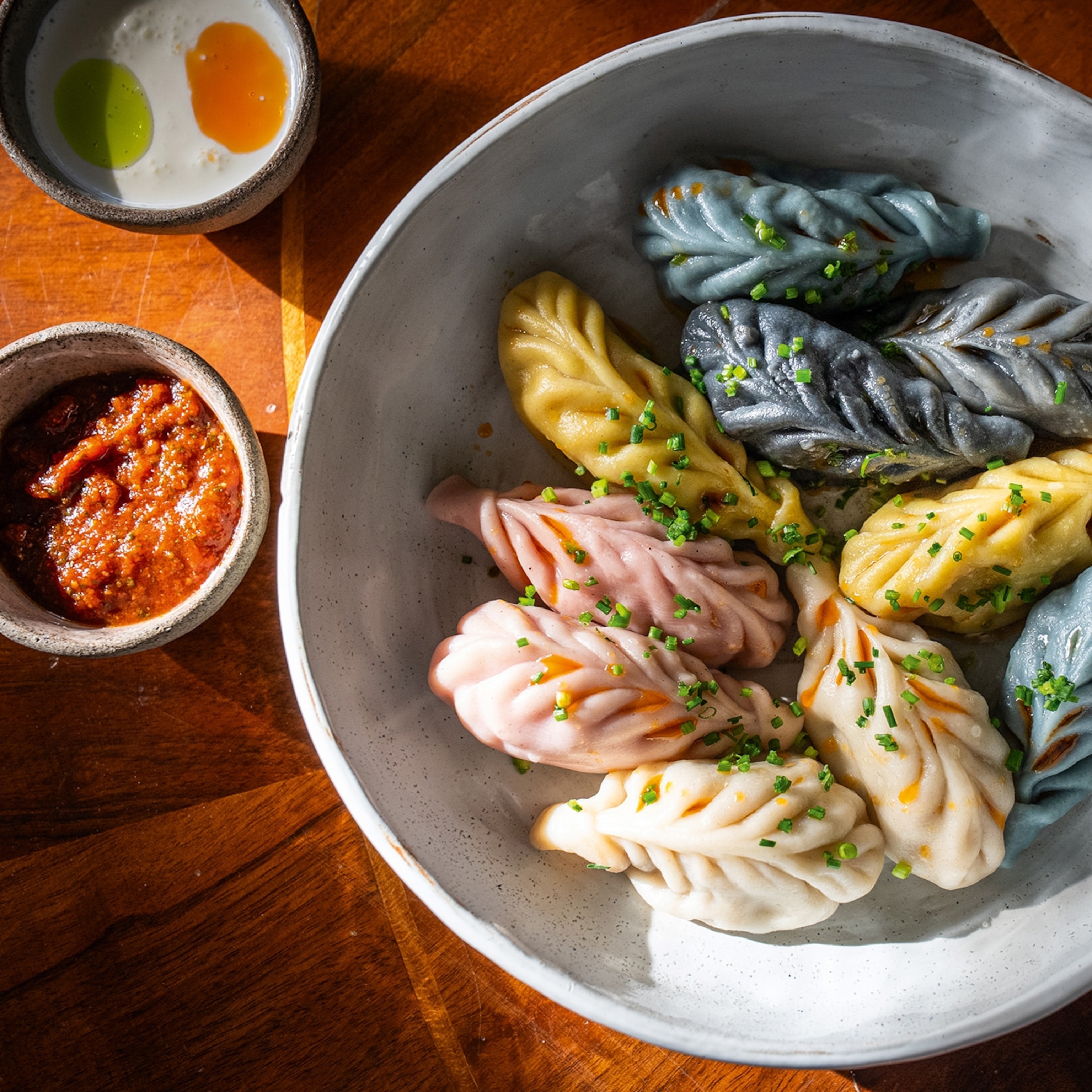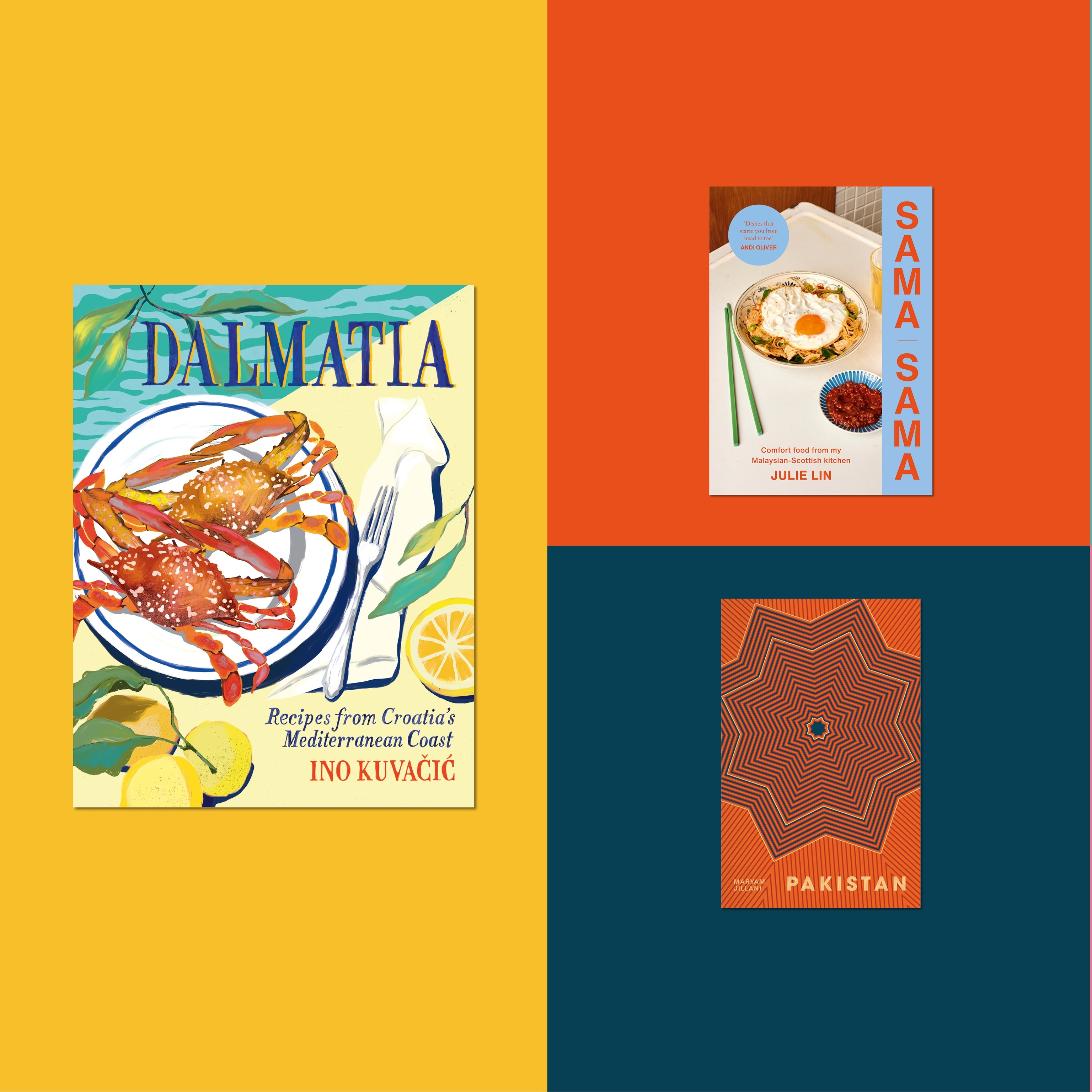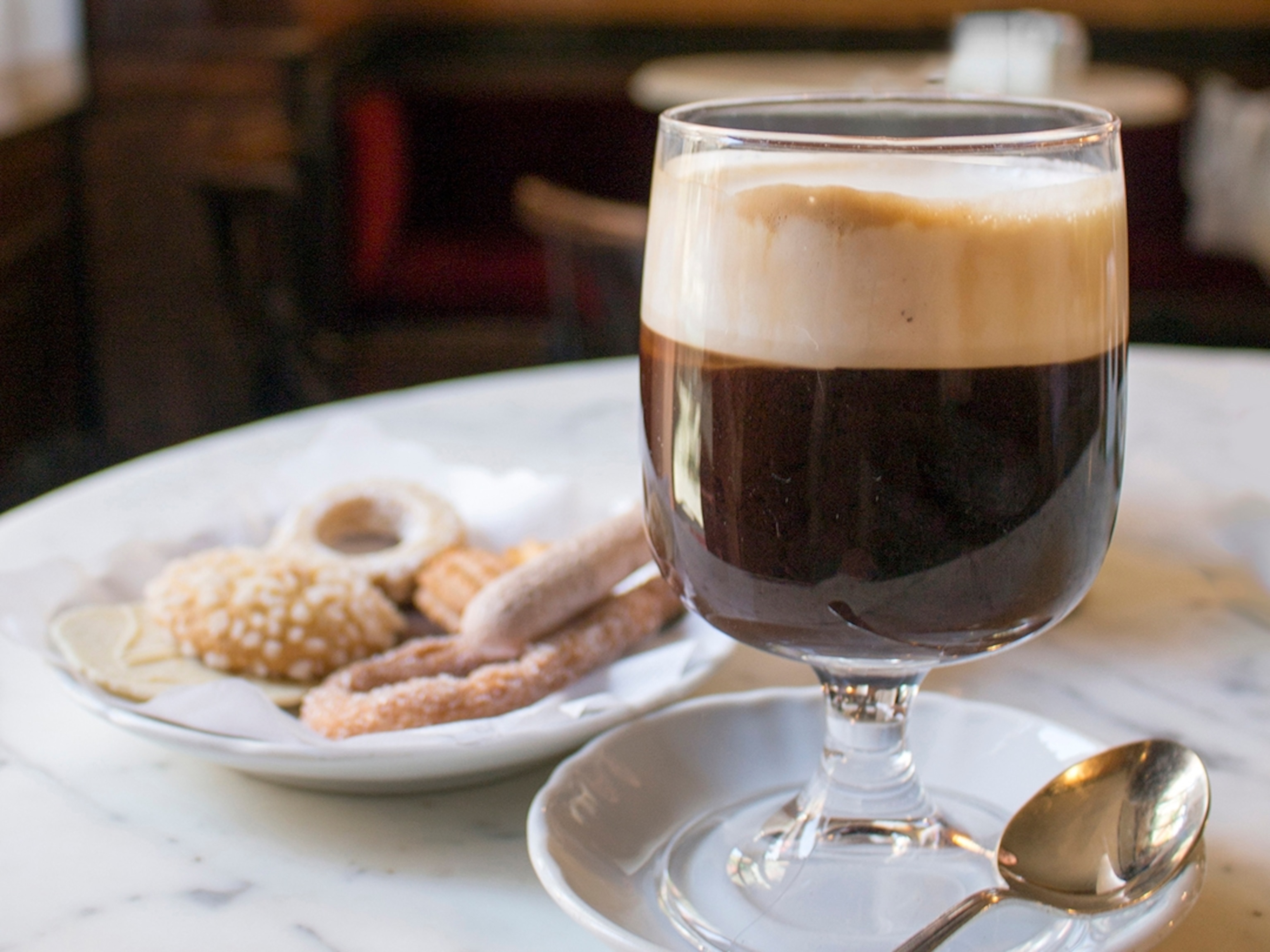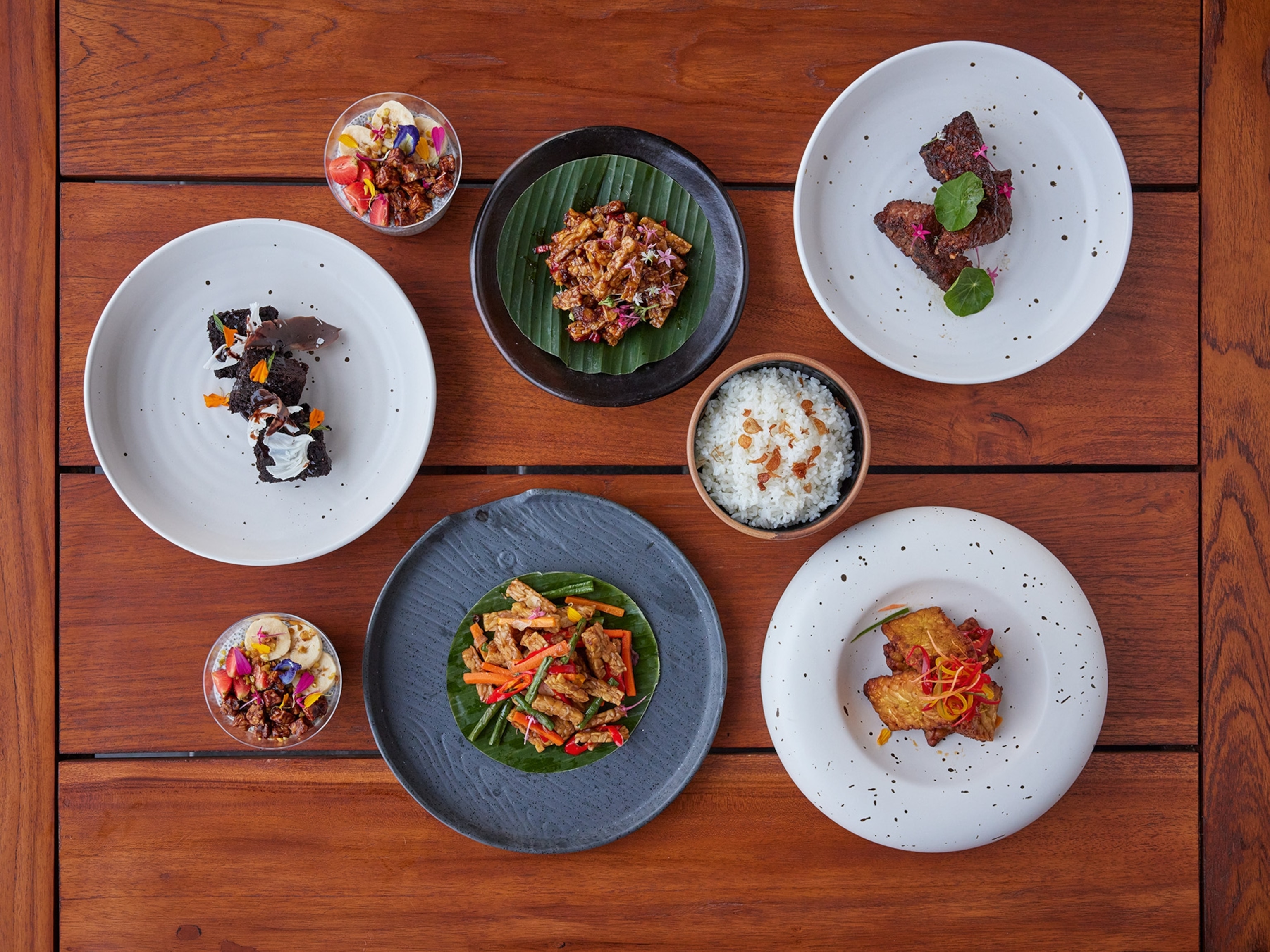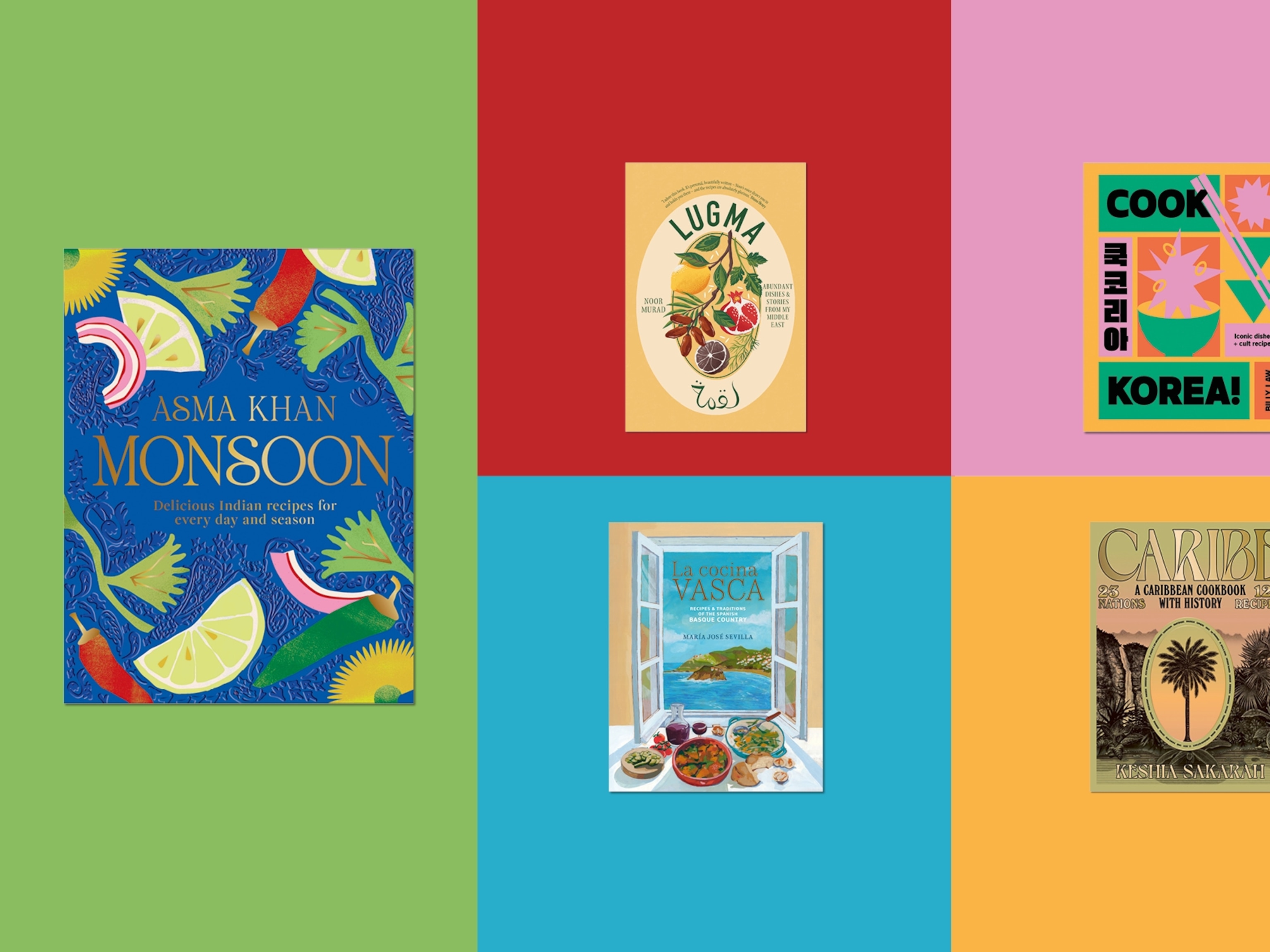Savouring a country's culinary traditions in Sheki, Azerbaijan
As slow food culture in northerly Sheki and Lekit demonstrates, Azerbaijan’s cuisine continues to keep the old ways alive.
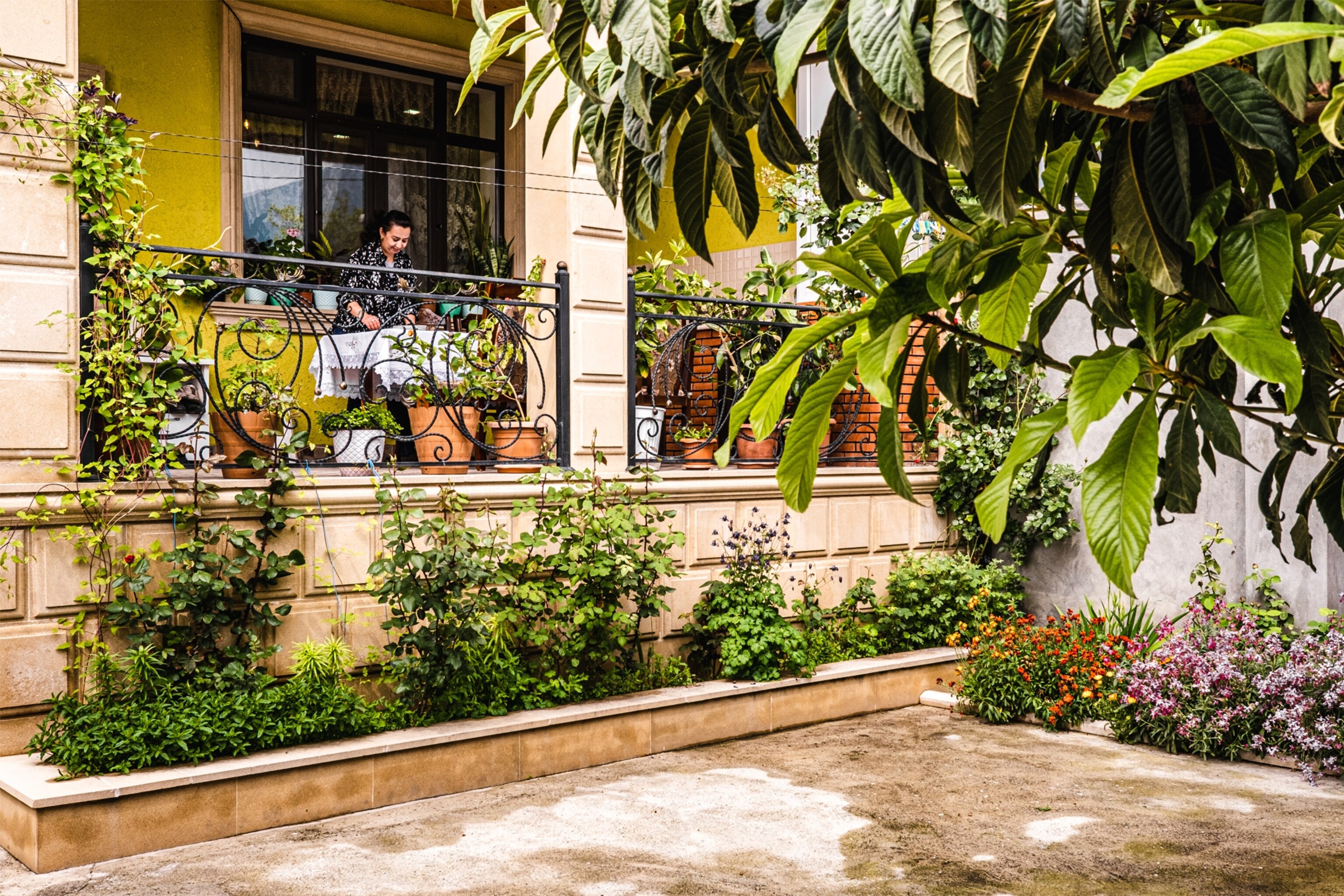
“Every house in Sheki has a rose bush, a mulberry tree and a walnut tree,” my guide Zamina Rasulova tells me, pointing them out in the frescoes we’re examining. These three staples of a Sheki garden — and three linchpin ingredients in the region’s singular cuisine — are so sacred that in 1797, artists saw fit to immortalise them on the walls of the royal palace.
Sheki’s crowning jewel, the summer residence of the khan (ruler) took two years to build and another eight to decorate with painstakingly intricate Shebeke, miniature paintings, and an inlay ceiling pieced together from precisely 5,524 tiny shards of timber. In Sheki, there seems to be an understanding that good things take time.
This philosophy certainly applies to food. Sheki’s is a cuisine carefully crafted over centuries, rooted in locally available produce infused with reminders of the East-West trading route that once wound its way through the streets. Sheki is one of five districts selected to participate in the Slow Food Alliance, a project that aims to safeguard agrobiodiversity and culinary heritage across northwestern Azerbaijan. And, with 20 years of guiding and several published books under her belt, Zamina — a proud Slow Food Alliance Member — is the perfect chaperone for a Sheki slow food adventure.
Signature Sweets
In Sheki, I duck through one of the arched openings in the bottom of the caravanserai (a roadside inn). The soles of my trainers cling to the sugar-coated floor of the tiny Halvachi Yahya workshop. The eponymous Yahya, a fifth-generation confectioner, is preparing another tray of Sheki halva, a baklava-like pastry drenched in a thick honey syrup. Some say this recipe was first devised in the Khan’s kitchens— apparently, he had a sweet tooth. Yahya layers sheets of rishta, a rice flour dough, with crushed nuts coated with a blend of five spices (the exact ratios are a closely guarded family secret). Using the same dexterity as the masters who decorated the nearby palace, he paints the massive wheel of halva with a cross-hatch pattern of saffron and beet juice.


A Sheki Smorgasbord
Arriving at my guide Zamina’s house in the suburbs of Sheki, we both kick off our shoes. Her mother, Nargila, is rinsing bouquets of tarragon and mint in the kitchen sink. “Did she teach you to cook?" I ask. “Some things, yes. Other things I learned myself,” Zamina tells me, as the two women dance around the stovetop in perfect symbiosis. “It was mostly granny who taught you,” Nargila chimes in.
The April afternoon is so pleasant that we decide to eat outside. “My workmates are always joking that there are too many bottles on my balcony,” Zamina laughs, pointing to the jars of pickled white cucumbers and cherry compote parked on the bench. We form a chain from the kitchen to the patio, assembling our lunch spread dish by dish. There’s one glaring omission: “Everyone knows piti,” Zamina says of the famous clay-pot lamb stew that’s become a symbol of Sheki. Today, she wants me to taste some lesser-known delicacies.
For the dovga, she arranges chickpeas and chickpea-sized meatballs in the bottom of a bowl before ladling warm yoghurt, broken rice and herbs on top. “My own yoghurt is more delicious,” she tells me when I ask why she makes her own dairy products.
“Do you want to try the bozbash?” she asks, sending an empty plate down the line to be filled with lamb on the bone, chickpeas and halved village potatoes suspended in a sunshine-coloured saffron broth. She lifts the lid off a clay pot, revealing a tightly packed bed of yalanci dolma (vine leaf parcels stuffed with rice, onion and greens). The name of this dish — prepared without meat — translates as ‘fake dolma’. “When everything is green outside, we eat green,” Zamina says, motioning to her overgrown spring garden. Still busy in the kitchen, Nargila pops her head around the door to make sure everyone is eating.
“Food is part of our ethnography, the same as monuments or clothing,” Zamina tells me between spoonfuls of homemade cherry and feijoa (a small green tree fruit) murabba, a delightful sweet fruit preserve. “Food shows our history, our lifestyle. If in food there’s respect for nature, then there’s respect for nature in the culture, too.”
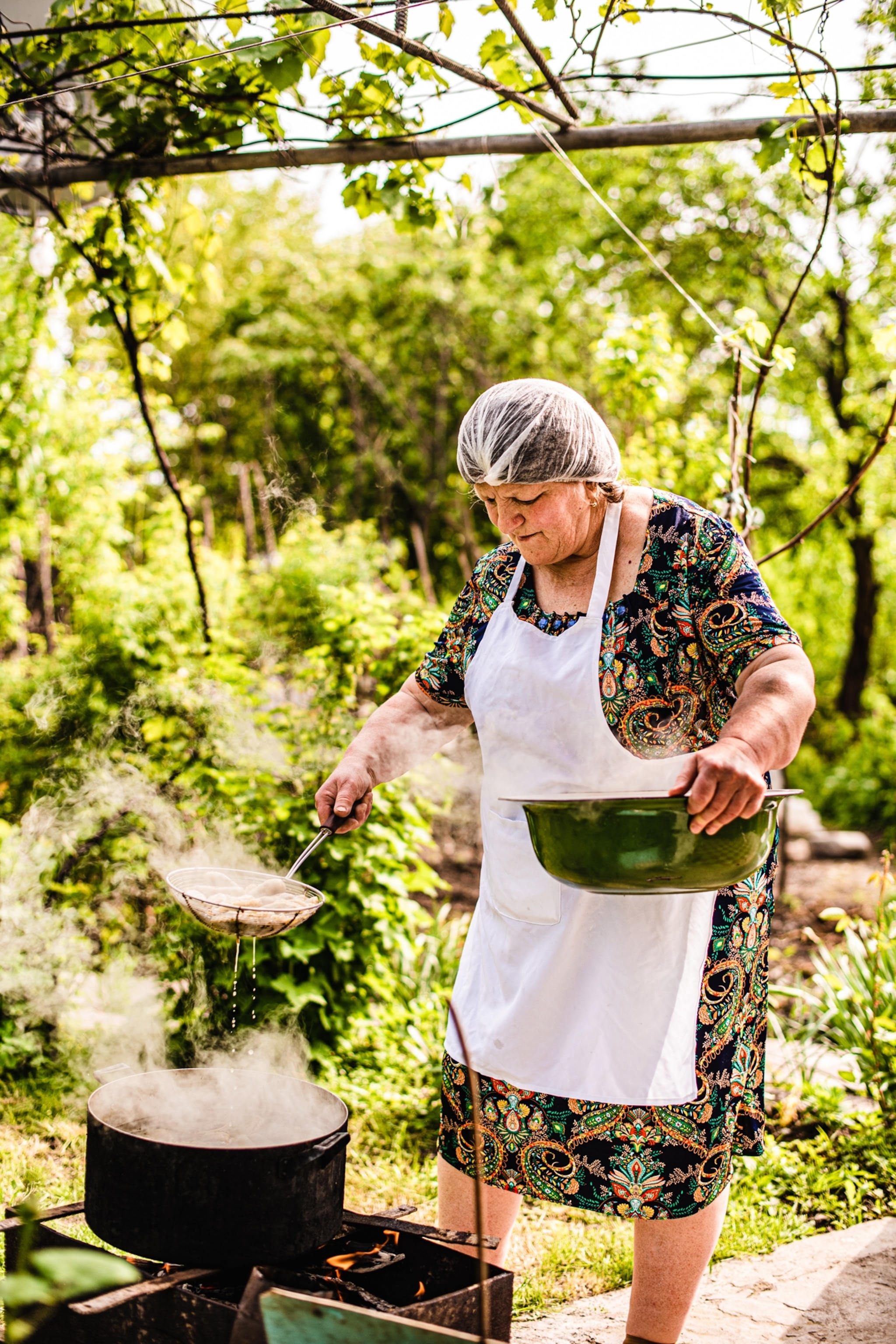
Homespun Tinctures
Pressing further north, we arrive in Lekit, a village in the foothills of the Greater Caucasus, 45 minutes’ drive from Sheki’s UNESCO World Heritage-listed centre. Bahar Hajiyeva, a member of the Slow Food Cooks’ Alliance, is waiting for me at the end of her garden path, holding a giant slotted spoon and her hair swept up in a net.
Ushering me into the outdoor kitchen, past an old wrought-iron bed where she is sun-drying dandelion flowers, Bahar stands in front of an open wood fire and perches a big pot on her left hip, ready to fish the girs out of the rolling water. In Baku, these dumplings are called gurza and are normally prepared with lamb. Bahar’s are stuffed with 16 different foraged herbs and greens, and served with homemade yoghurt. “I have two rules: I don’t wear shoes in the house, and I don’t wear gloves when I cook,” Bahar tells me, imitating how she works with the sticky dumpling dough from her hands. She is rolling out another round of girs — findiq (hazelnut) girs filled with murabba and syrups that Bahar has prepared from different flowers, berries and botanicals. She’s been making murabba since her childhood and started dabbling in healing jams 15 years ago.
“It has an unexpected taste, but each one is good for your health,” she assures me, passing a dish of acrid mint murabba that’s good for digestion. To follow, there’s a dandelion syrup, a rosehip jam, a thin lilac molasses, and a nicely bitter, red concoction made from poppies.
With our appetites sated, we bid a fond farewell to our northern hosts and journey south to Lankaran: a fertile region where conditions on the ground, and passionate local producers, have been setting the stage for Azerbaijan’s national beverage for almost 100 years. As I would discover for myself, tea for the Azerbaijanis is more than just something to sip on. It’s an art form, a way of life and a national obsession. And, much like the food I've just experienced in the country's north, it comes wrapped in the trappings of tradition.
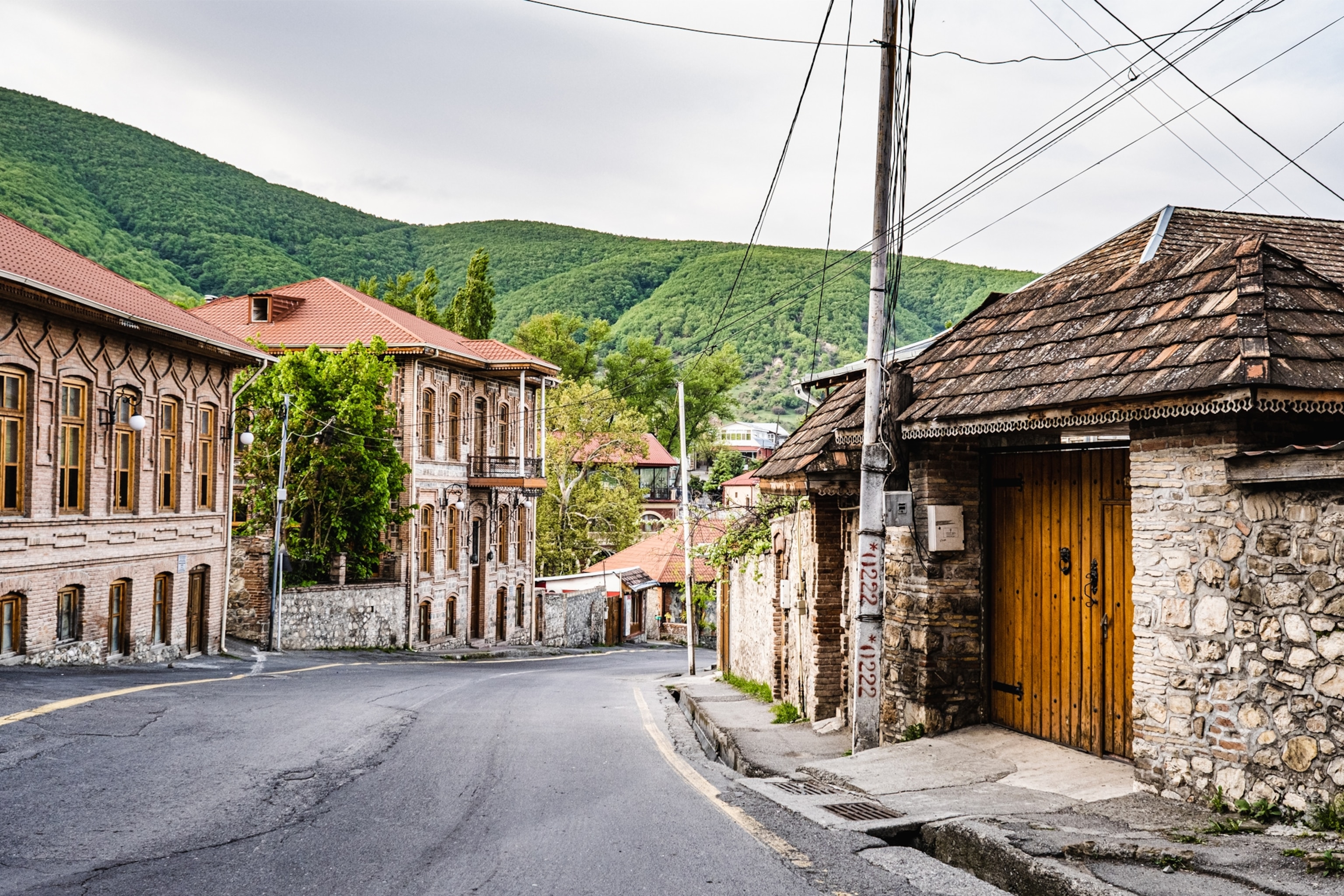
Three delicacies to try in Sheki
No tour of Azerbaijan’s north is complete without first sampling these dishes.
1. Dim-dim halva
An extra-indulgent version of Sheki halva, dim-dim halva is made with a blend of hazelnuts, walnuts and almond kernels.
2. Lapali chorak
This sour bread is threaded with a layer of crushed walnuts, onion and a sharp cornelian cherry syrup.
3. Sudlu Ash
Sheki’s take on the national dish of Azerbaijan features rice cooked in even parts water and milk. Adorned with apricots and dates, it’s then topped with a thin egg omelette and lula kebab.
There are regular flights to Baku from Heathrow. For more information,visit azerbaijan.travel.
